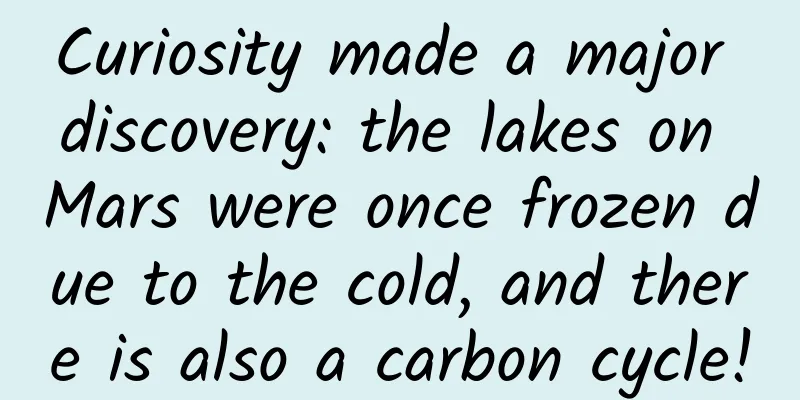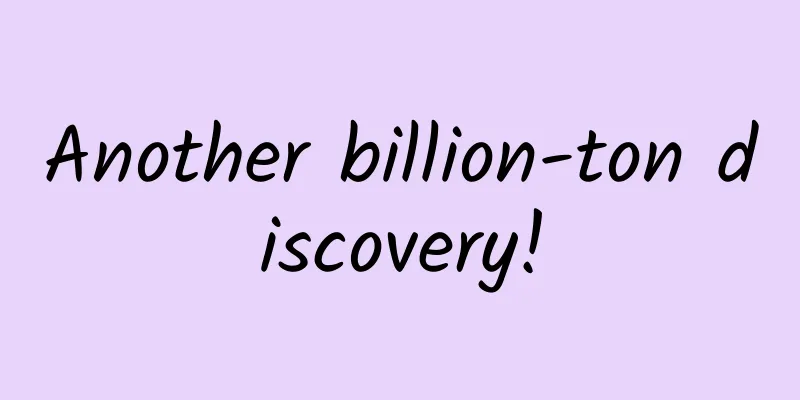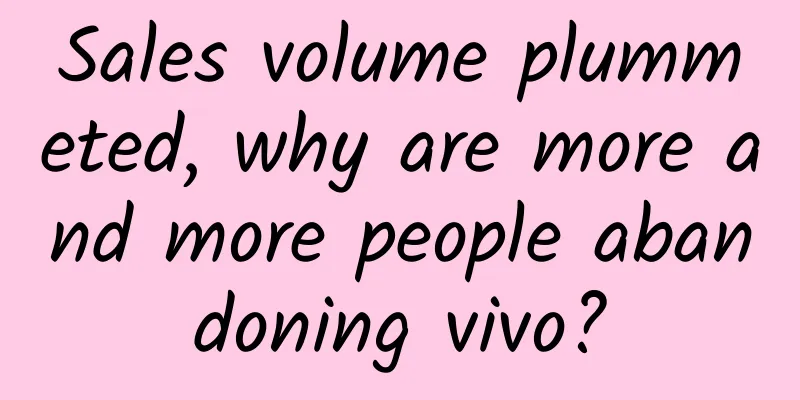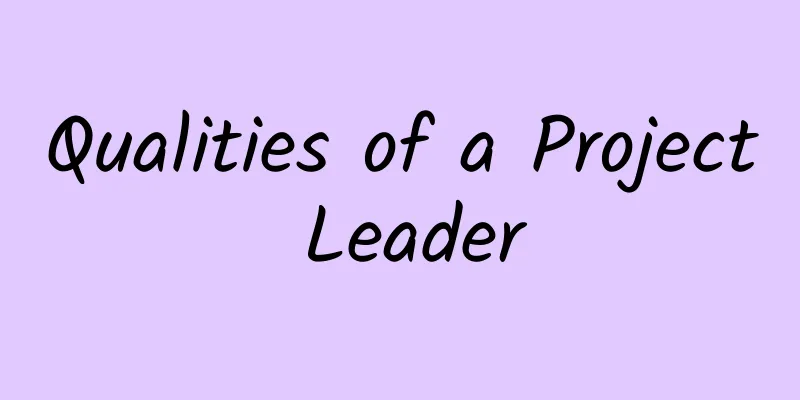Do you have to eat red dates to replenish blood? You may have been doing it wrong over the years
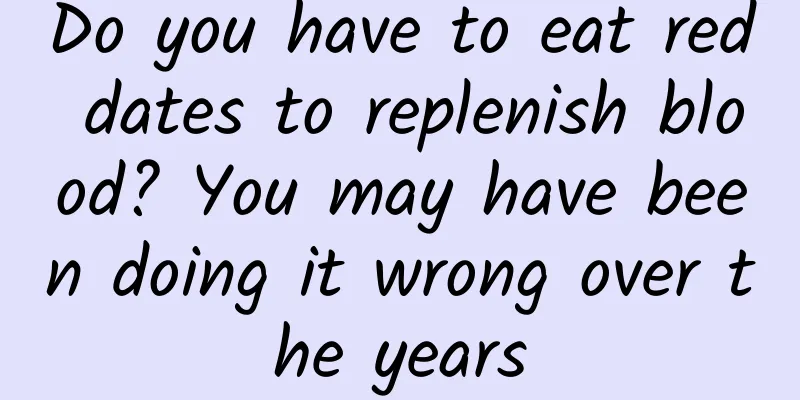
|
Regarding anemia, I once heard a friend complain to me: I eat three dates every day, why am I still anemic during the physical examination? Have you been to the hospital for anemia? without. Then why don't you go to the hospital? It is said that anemia can be cured by food supplements, such as eating more red dates, pork liver, etc. … Eating red dates and supplementing nutrition will prevent anemia? It's so naive... Because people have such deep misunderstandings about anemia, today, as a little science expert, I will explain this matter to everyone. What is anemia? Anemia literally means a lack of blood, but it actually refers to a reduction in the content of red blood cells and hemoglobin in the blood. When the number of red blood cells responsible for transporting oxygen is reduced, the body's tissues and organs will be deprived of oxygen, which will cause a series of discomforts and even some organ diseases over time. So how do you detect anemia? Just go to the hospital for a routine blood test. When the test report shows that the red blood cell count, hemoglobin concentration or hematocrit index has decreased, it means that you are anemic. Diagnostic criteria for anemia in my country: Hemoglobin for men is <120g/L, and for women it is <110g/L. The World Health Organization (WHO) standard is slightly higher than that of my country: Age ≥15 years, hemoglobin <130g/L for males and <120g/L for females. The standard is only a rough range. The specific anemia situation varies from person to person, because hemoglobin values may vary among different genders, ages, altitudes of residence, and physiological conditions. For example, the hemoglobin concentration is lower in infants, children, pregnant women or when the blood is diluted, while it is higher in people who have lived in plateau areas for a long time or when the blood is concentrated due to dehydration. Is anemia a disease? Anemia is not a disease, but a common pathological condition in clinical practice, which can be caused by many conditions or diseases. On the contrary, persistent anemia can induce many diseases. For example: Mild anemia (lower than normal, higher than 90g/L) The body may experience some discomfort similar to sub-health, such as pale complexion, poor appetite, etc. Moderate anemia (less than 90 g/L, more than 60 g/L) It may affect body organs and cause symptoms such as difficulty breathing, dizziness, fatigue, insomnia, loss of appetite, palpitations, and persistent low-grade fever; Severe anemia (less than 60 g/L) If the body's organs are in a state of hypoxia for a long time, they may suffer organ damage such as heart failure and kidney failure. When anemia occurs in specific groups of people, the damage may be greater: 💉Anemia is particularly harmful to the intelligence of infants and preschool children who are in the critical period of brain development. 💉Old people with coronary heart disease and other diseases already suffer from hypoxia in their bodies, and anemia makes their condition worse. 💉Anemia during pregnancy increases the risk of pregnancy complications, postpartum infections, and postpartum depression. What to do if you have anemia? When it comes to anemia, many people's first reaction is: eat more blood-enriching foods, such as red dates, brown sugar, red beans, longan, donkey-hide gelatin... In fact, this view is one-sided. Because not all anemia can be solved by this method. Anemia is also divided into many types: 👉Iron deficiency anemia – iron deficiency; 👉 Megaloblastic anemia - lack of folic acid and vitamin B12; 👉Hemolytic anemia – shortened red blood cell lifespan; 👉Thalassemia – genetic defect; Therefore, it is necessary to prescribe the right medicine according to the type of anemia. The food that everyone often talks about to replenish blood is generally aimed at the most common iron deficiency anemia. But many people actually eat the wrong food, because it doesn’t matter what you eat, iron supplementation is the key. The iron in food is divided into "heme iron" and "non-heme iron". Among them, the absorption rate of heme iron is much higher than that of non-heme iron, so it is recommended to eat foods containing heme iron to supplement iron. Foods rich in heme iron include: animal blood, animal offal, meat, etc. Duck blood, duck liver, pork liver, etc. are recommended as they are cost-effective. Non-heme iron: spinach, red dates, red beans, peanuts, fungus, etc. However, for patients with moderate or severe anemia, iron supplementation from ordinary foods cannot fully meet their needs. It is best to go to the hospital for relevant examinations and prescribe oral or injectable iron supplements, which will be more effective. In addition, you can also eat more vegetables and fruits rich in vitamin C, such as broccoli, tomatoes, oranges, tangerines, etc., which will help the absorption of iron. Therefore, if you have any illness, please go to the hospital in time. If what you think is correct, why do you need a doctor? Source: Youlai Healthy Life |
>>: As a foodie, food allergies are really annoying.
Recommend
Kuaishou advertising placement and advantages!
After placing Kuaishou ads, many advertisers will...
It’s the “sneezing” season again. What’s making me sneeze non-stop?
Spring is supposed to be a beautiful season full ...
World Photography Day丨Getting close to aerospace technology and experiencing the great power
Dreams come true Tianzhou first flight Shenba Tra...
Q3 advertising trends, insights into advertising on the five major traffic platforms!
The third quarter of 2019 has just passed. What t...
Is osteoporosis only for the elderly? Does drinking coffee easily lead to osteoporosis? Pay attention to "bone health" and pay attention to these habits →
October 20th is World Osteoporosis Day. This year...
Selling user resumes for 2 million yuan, the 18-year-old 58.com finally became the person he hated
In 2000, Yao Jinbo, who had just graduated from c...
When seeing a doctor, should you trust Baidu or your doctor?
In an era when Internet search is widely used, sea...
Organize code efficiently and simply at once - simple ViewModel practice
[[140264]] Preface Before I knew it, I have been ...
How does the Android market distribute and promote apps?
This article uses some optimization operations pe...
“Eating while it’s hot” may really cause cancer, so I advise you to stop immediately!
Freshly brewed hot tea, freshly cooked hot soup T...
Smart mobile terminals: the "crutch" that smart TV products cannot throw away
Nowadays, smart TVs have become the category with...
APP application market distribution and launch strategy!
Currently, App distribution and delivery is an in...
Google Maps major upgrade preview: making maps more user-friendly and more understanding of your needs
At the I/O developer conference that opened early...
Year-on-year growth of 113%! SAIC Passenger Vehicle achieved the highest growth rate in the first half of the year, and Roewe brand ranked first in the growth rate of automobile brands
With a year-on-year increase of 113%, SAIC Passen...
